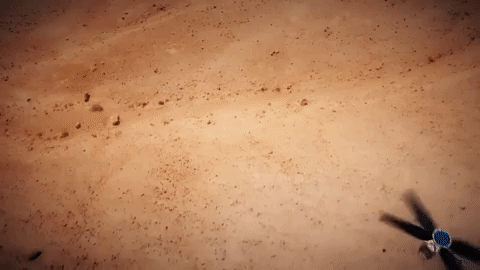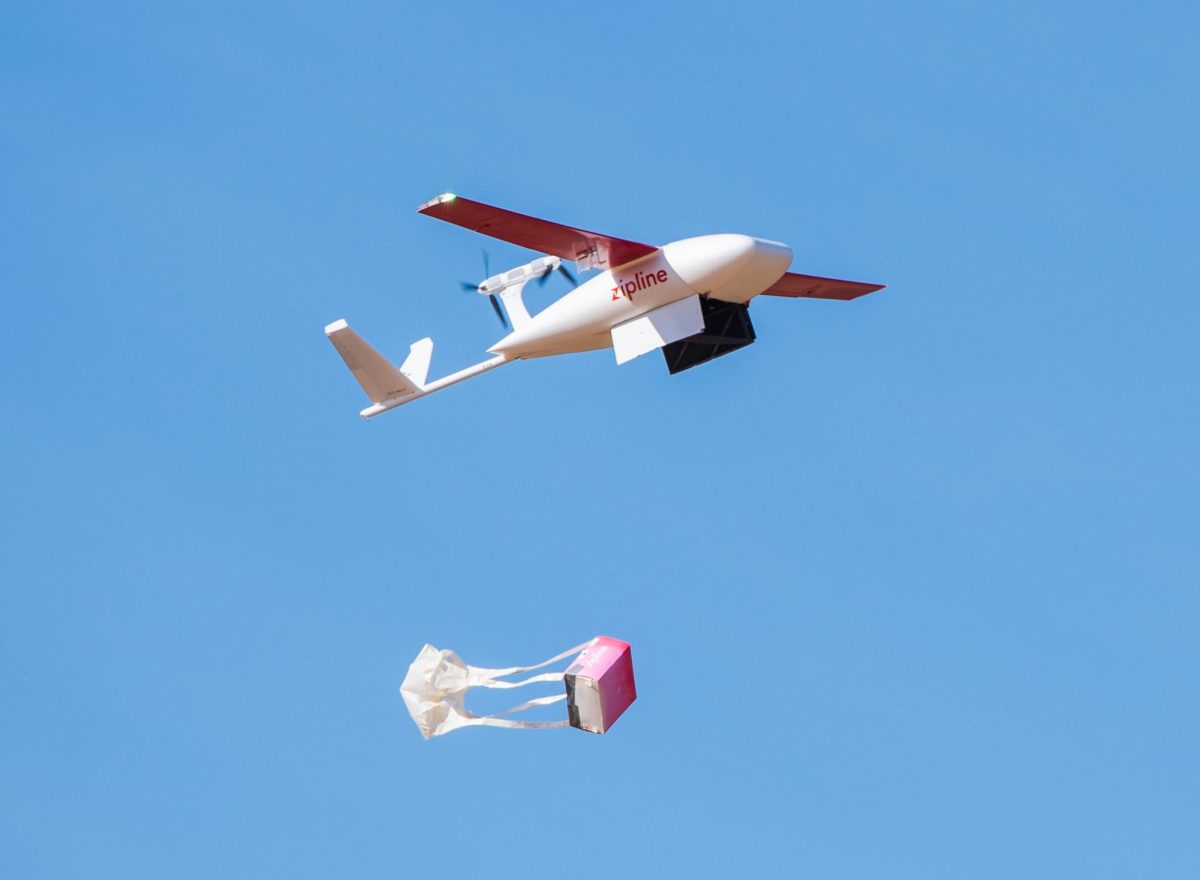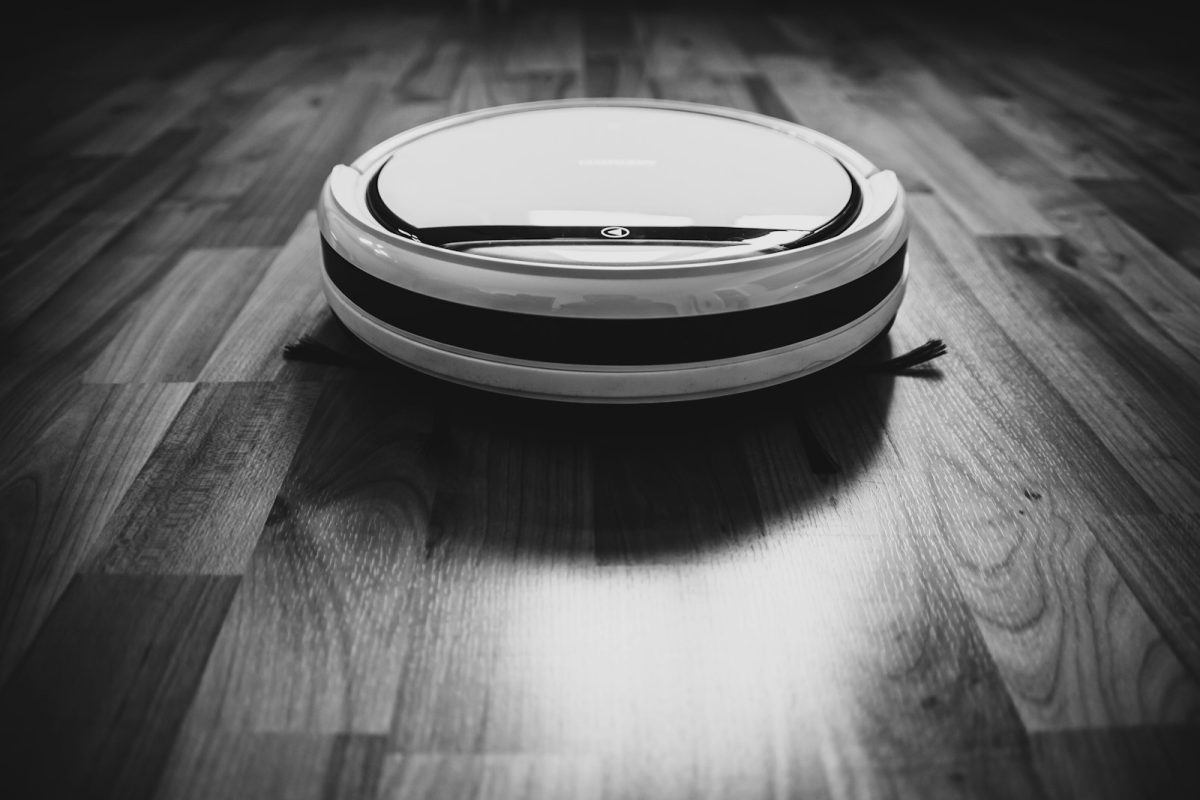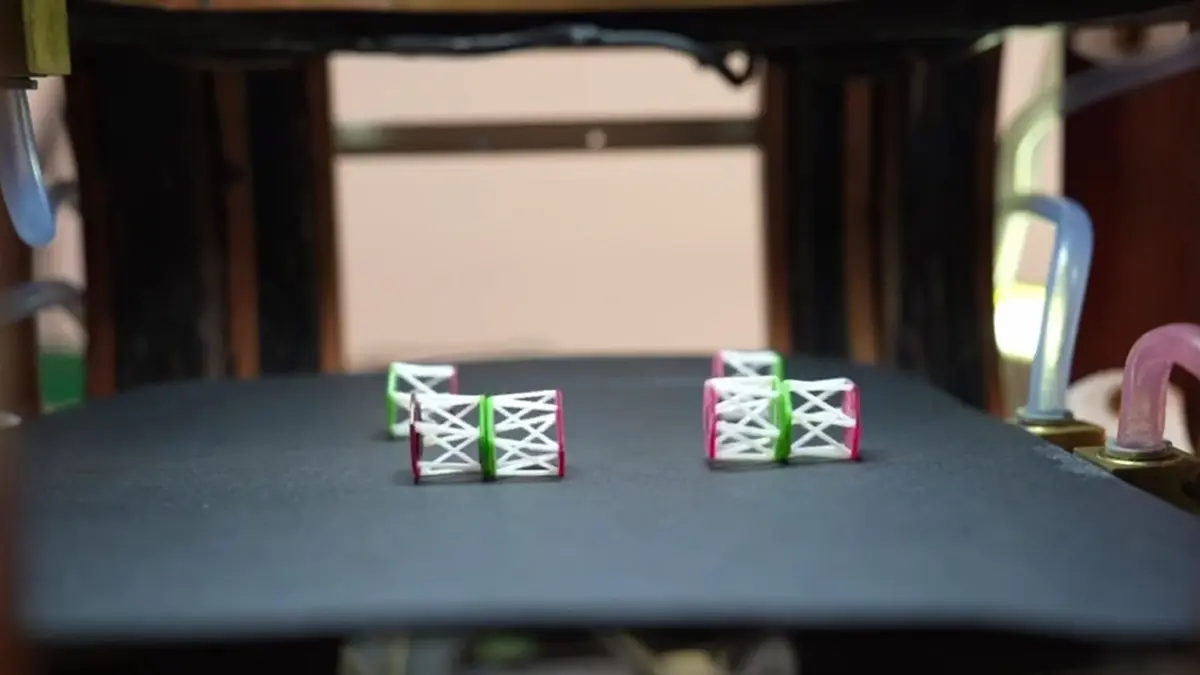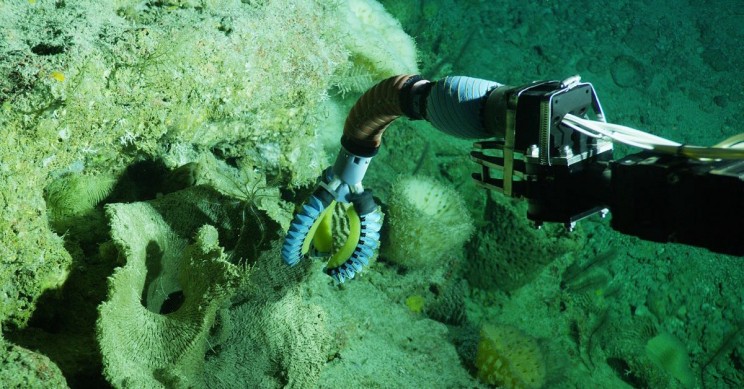
NASA’s next rover is planned to leave for it’s mission in 2020. The rover will be carrying high tech tools. There will be a camera capable of detecting organic compounds in rocks, a machine that will test the conversion of C02 in the atmosphere into oxygen, ground-penetrating radar for probing the Martian surface, and other tools to study the geologic history of Mars. NASA also announced the rover will be carrying a helicopter. It’s called the Mars Helicopter, but it resembles a drone rather than a helicopter. Although it is not guaranteed to work,it will be about the size of a softball, it will weigh about 4 pounds, it will be solar-powered, operate autonomously of human control. and will be able to fly a few hundred yards at a time. The helicopter, at first, will make short flights, hovering just 10 feet in the air. The helicopter has been tested in a facility that mimics the atmospheric conditions on Mars. Mars’s atmosphere is less than 1 percent as dense as Earth’s. Flying on the surface of Mars is equivalent to flying 100,000 feet above sea level, NASA reported.

Read more about the helicopter and rover: https://www.vox.com/science-and-health/2018/5/14/17351802/nasa-mars-helicopter-atmosphere
This relates to engineering because engineers had to engineer the helicopter to make sure it was able to fly in the Martian atmosphere.
